Repeatability and Reproducibility are the two components of precision in a measurement system.
Repeatability and Reproducibility are factors in Uncertainty Calculations of measurements.
Repeatability
Repeatability is the closeness of measured values between repeated measurements of the same thing, carried out at the same conditions as follows.
- At the same place
- By the same person
- By the same Method
- On the same equipment
- Over short period of time.
In simple words, Repeatability is variation in readings when the same person measures the same part many times using the same equipment and method under the same conditions.
Example
If a person measures repeated readings of an object by micrometer as 15.01 mm, 15.02 mm, and 15.01 mm. means the person can repeat the readings, and the level of competence is high.
Repeatability is calculated by standard deviation of readings.
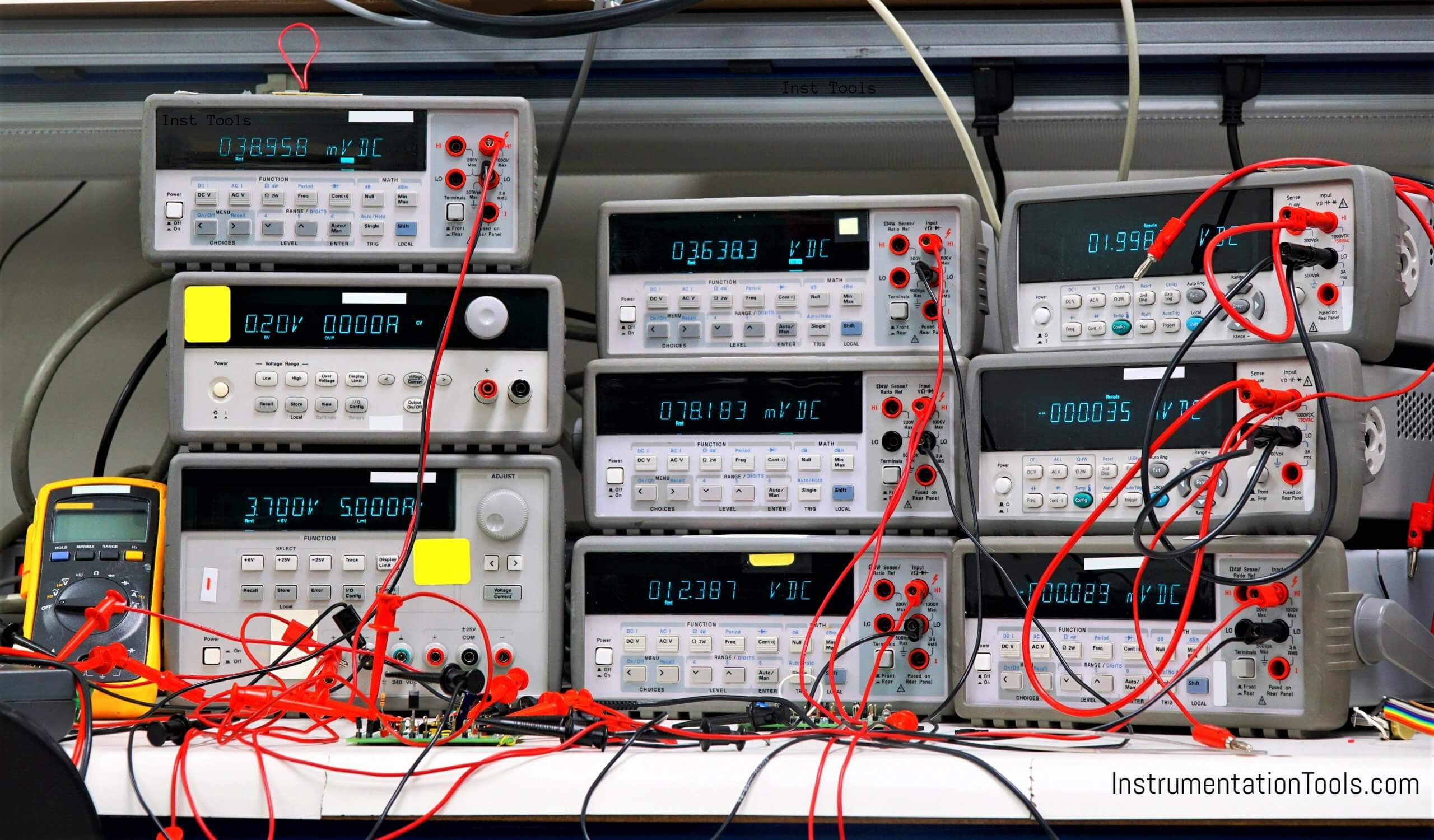
Why Repeatability is Important?
If the same person repeats the readings within the accuracy of the instrument, then that person is competent.
We can check the level of competence of a person by checking the repeatability of readings.
If a person cannot repeat readings, proper training is given.
If equipment is not repeating readings even if readings are taken by competence person, then instruments is due for servicing (repairing).
Reproducibility
Reproducibility is the closeness of measured values between measurements of the same thing carried out in different conditions as follows
- At the different place
- By the different person
- By the different method
- On the different equipment
- At the different time
In simple words, Reproducibility is the variation in readings when a different person measures the same part (or quantity) many times, using the same equipment (or different equipment), under the same conditions (or different Conditions).
Example
If three different person measures reading of the same object by micrometer as 15.54 mm,15.64 mm,15.49 mm, then the reproducibility of this measurement is 0.15 mm.
There are many different ways (formulas) to calculate reproducibility.
Why Reproducibility is Important?
Reproducibility is important because it demonstrates that the lab has the ability to replicate measurement results under various conditions.
If the lab conducts a reproducibility test evaluating every technician and one technician’s readings were significantly different from all others, the lab should provide proper training to improve his skills and increase his level of competence.
It helps to monitor the quality of work.
Inter-laboratory Comparison (ILC)
Inter-laboratory comparison (ILC) is the comparison of results between two or more labs.
I.e. Reproducibility of results between two or more calibration labs.
Inter-laboratory comparison (ILC) is to check the competence of lab by comparing their results, whether they can reproduce similar results as other labs.
ILC improves the reliability of results.
Differences
A Significant difference in Repeatability and Reproducibility can indicate following problems:
- A place may introduce additional error ( e.g. Vibrating surface while calibration of weights)
- Lack of Skill of Operator
- A method may be inappropriate
- Equipment is Faulty
- Environment condition is unstable ( e.g. Temperature is an important parameter in dimensional metrology)
If you liked this article, then please subscribe to our YouTube Channel for Instrumentation, Electrical, PLC, and SCADA video tutorials.
You can also follow us on Facebook and Twitter to receive daily updates.
Read Next:
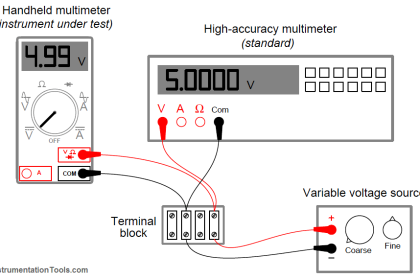
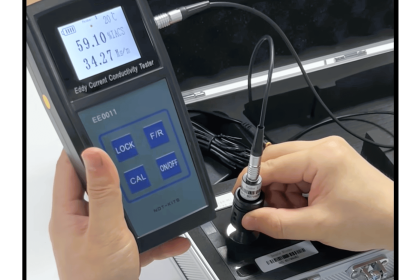

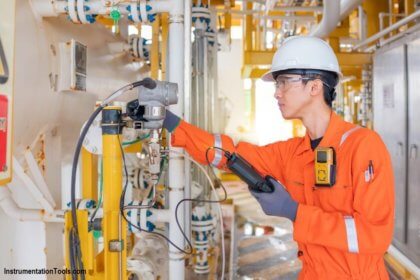


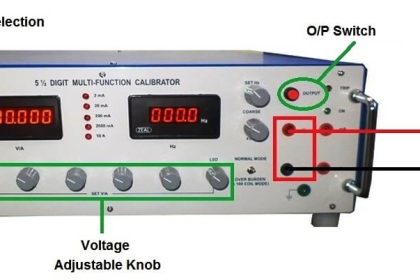
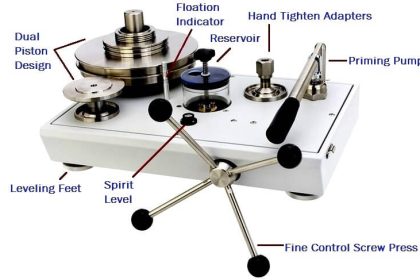
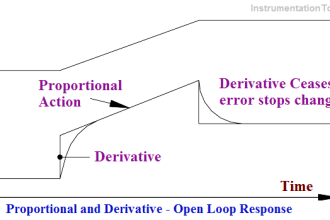
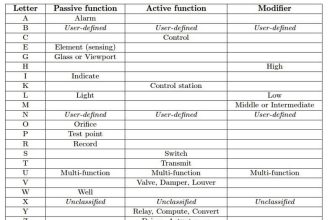
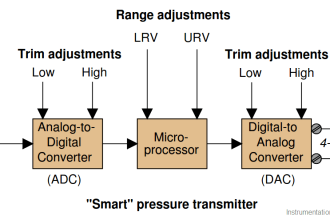

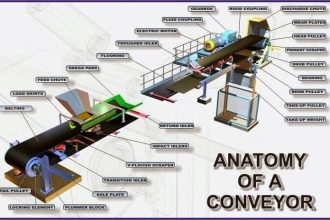
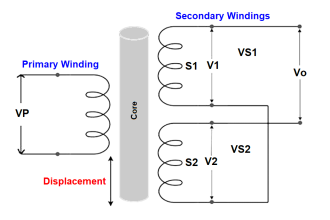
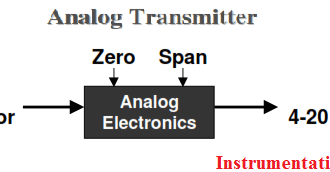
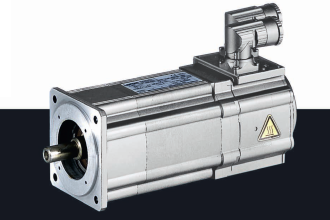

i am Quality Assurance manager.